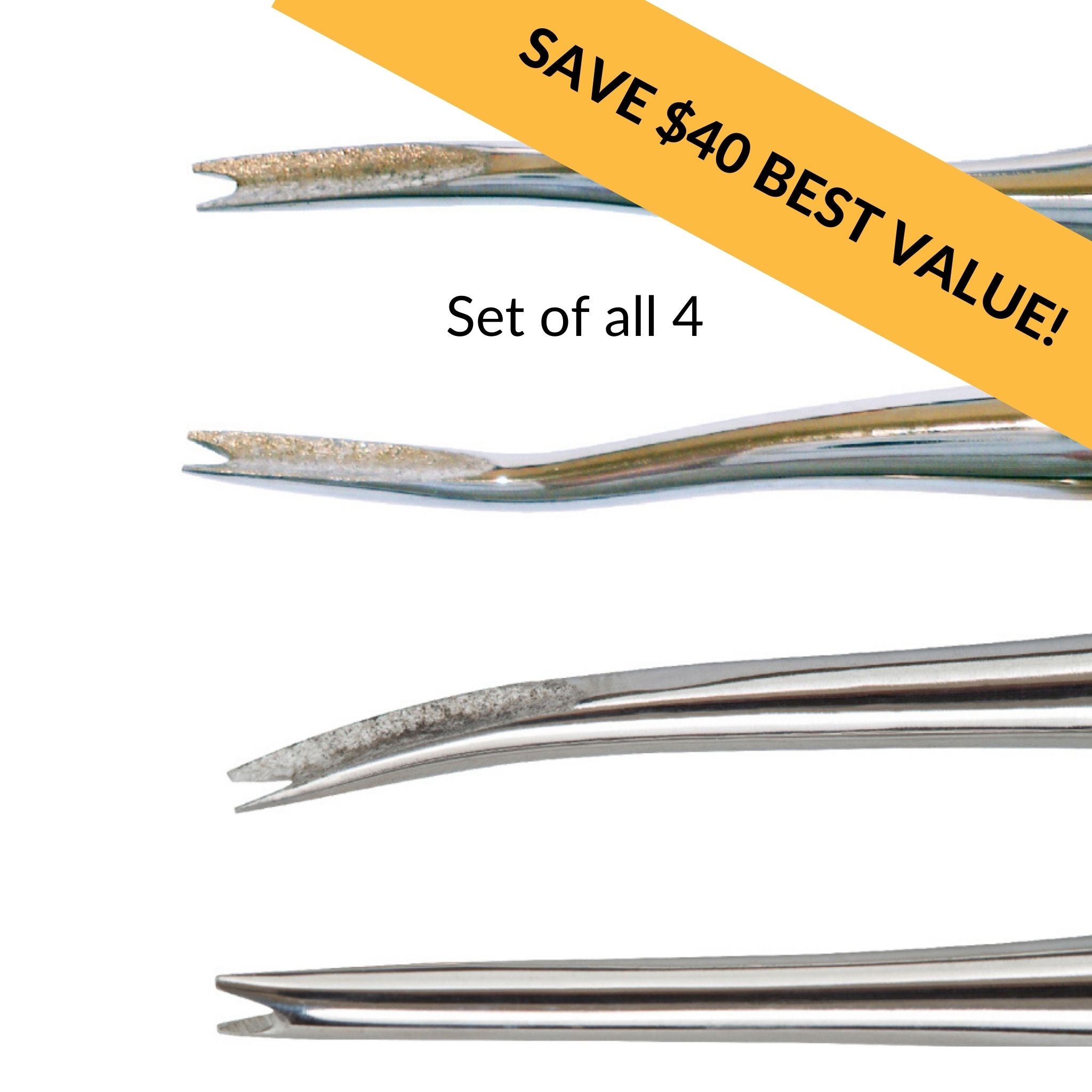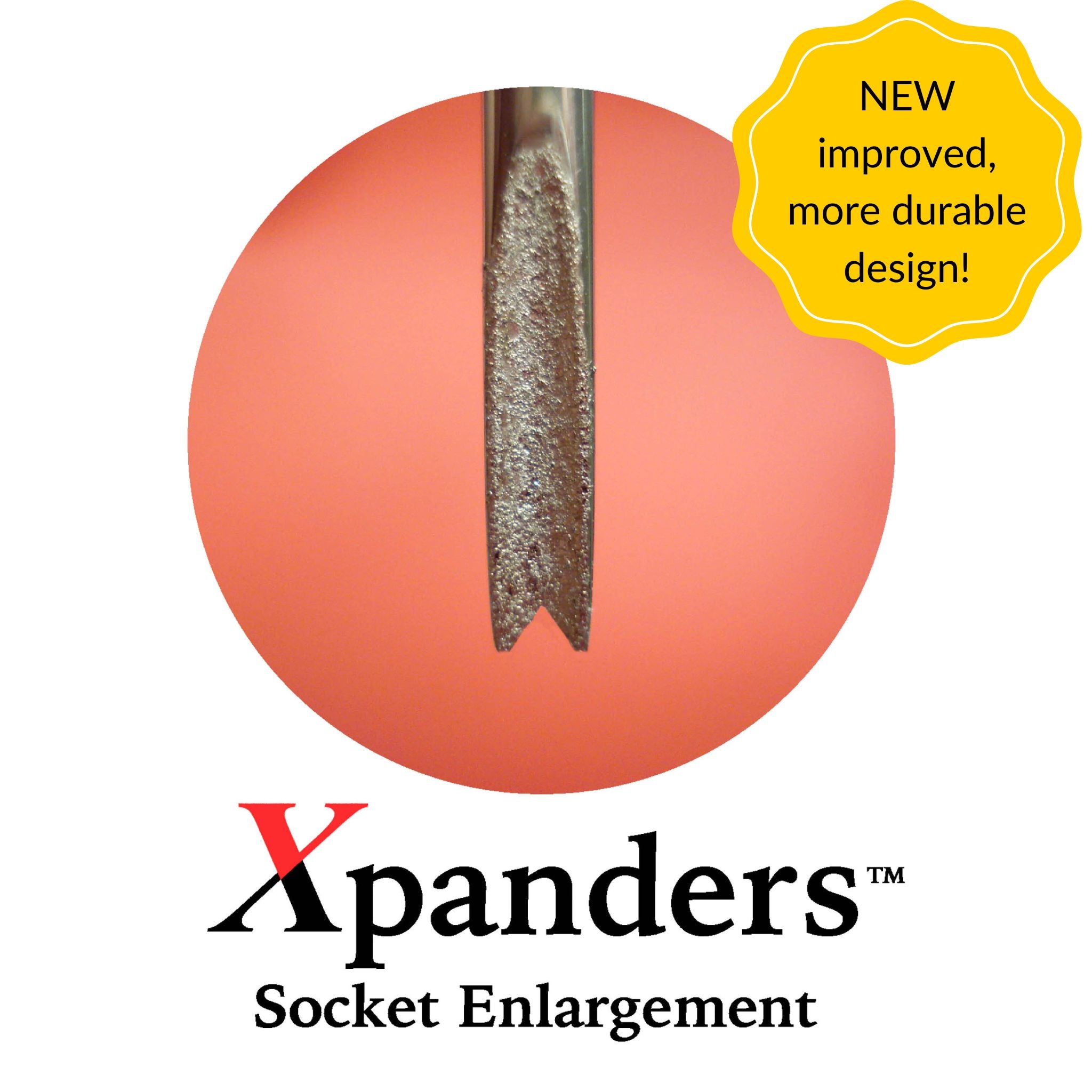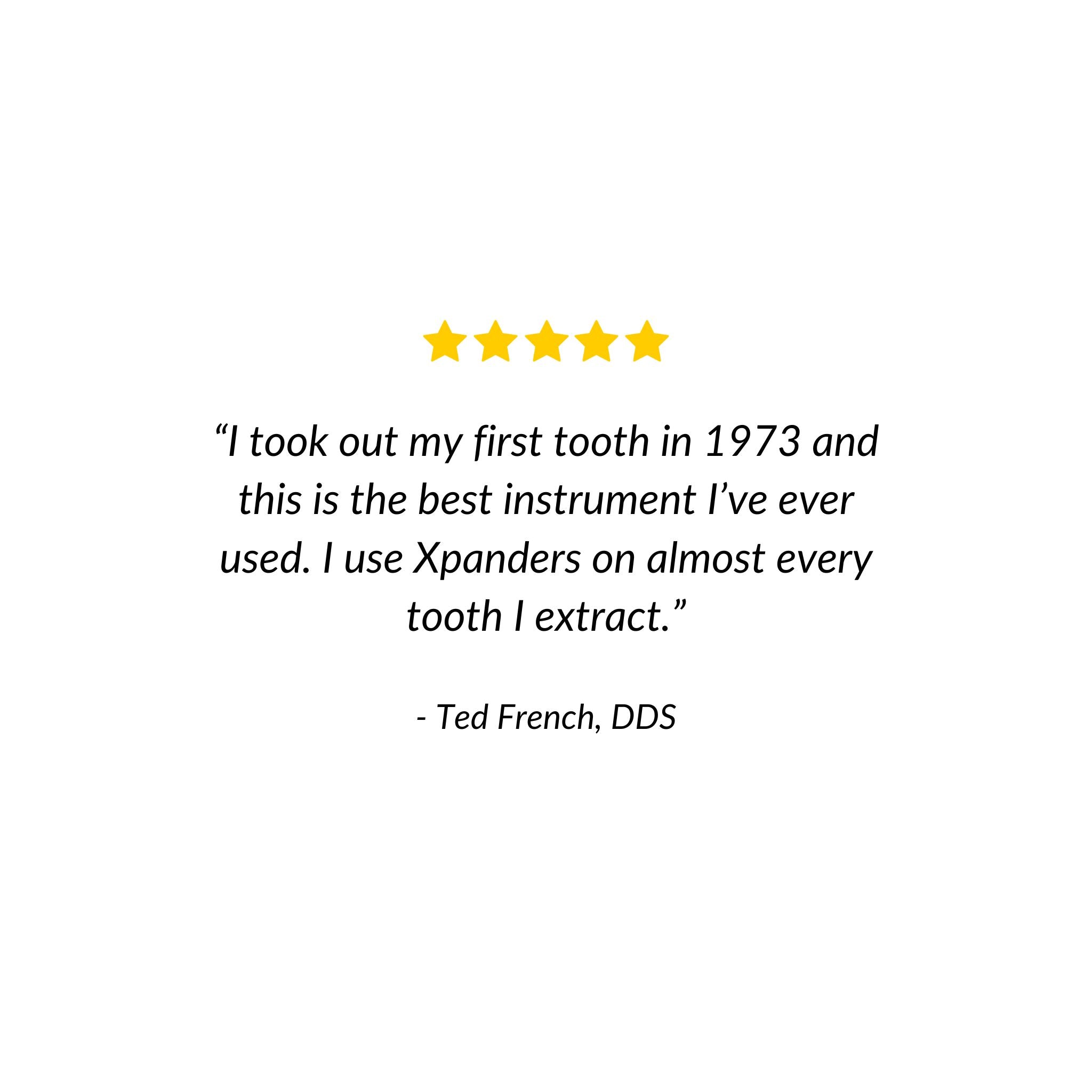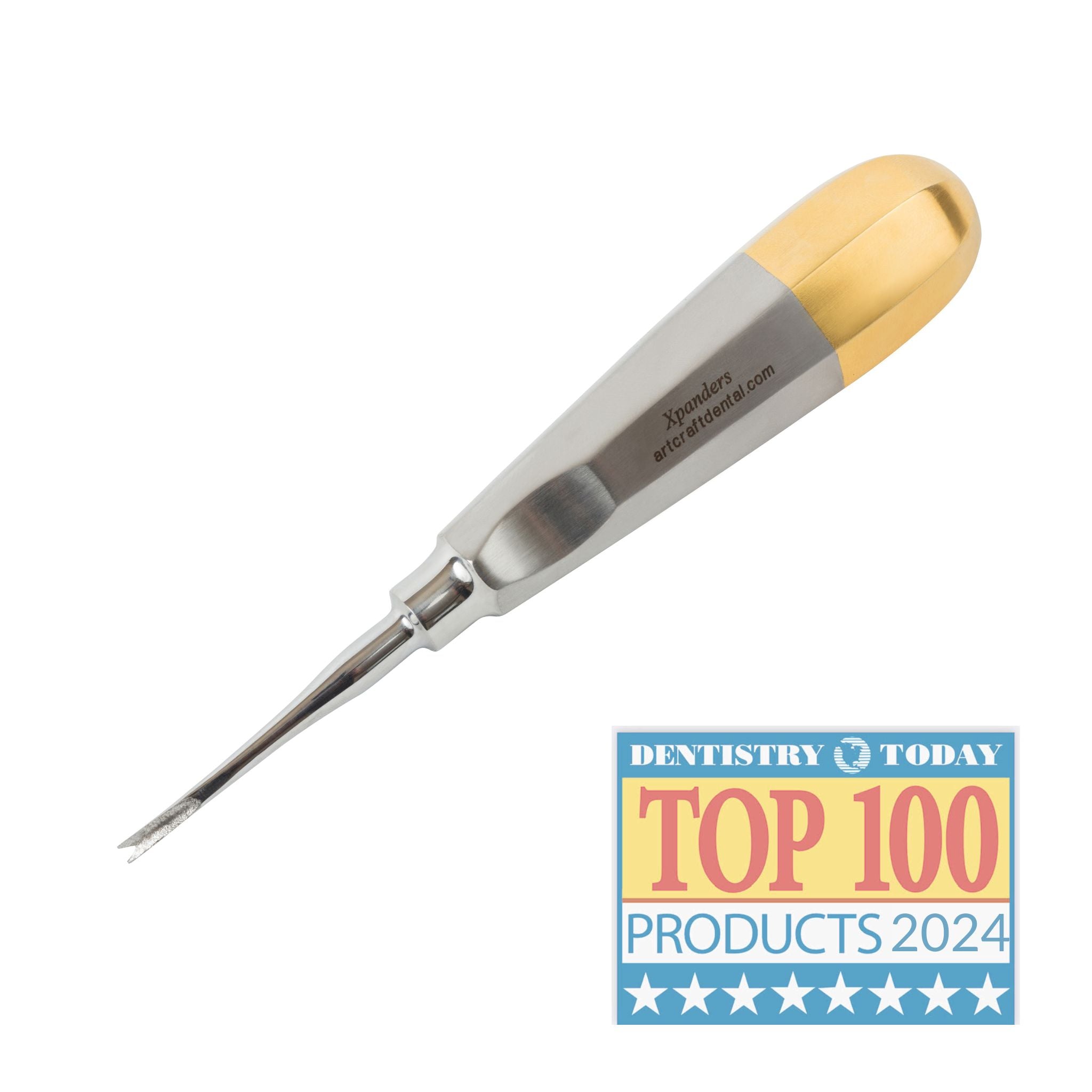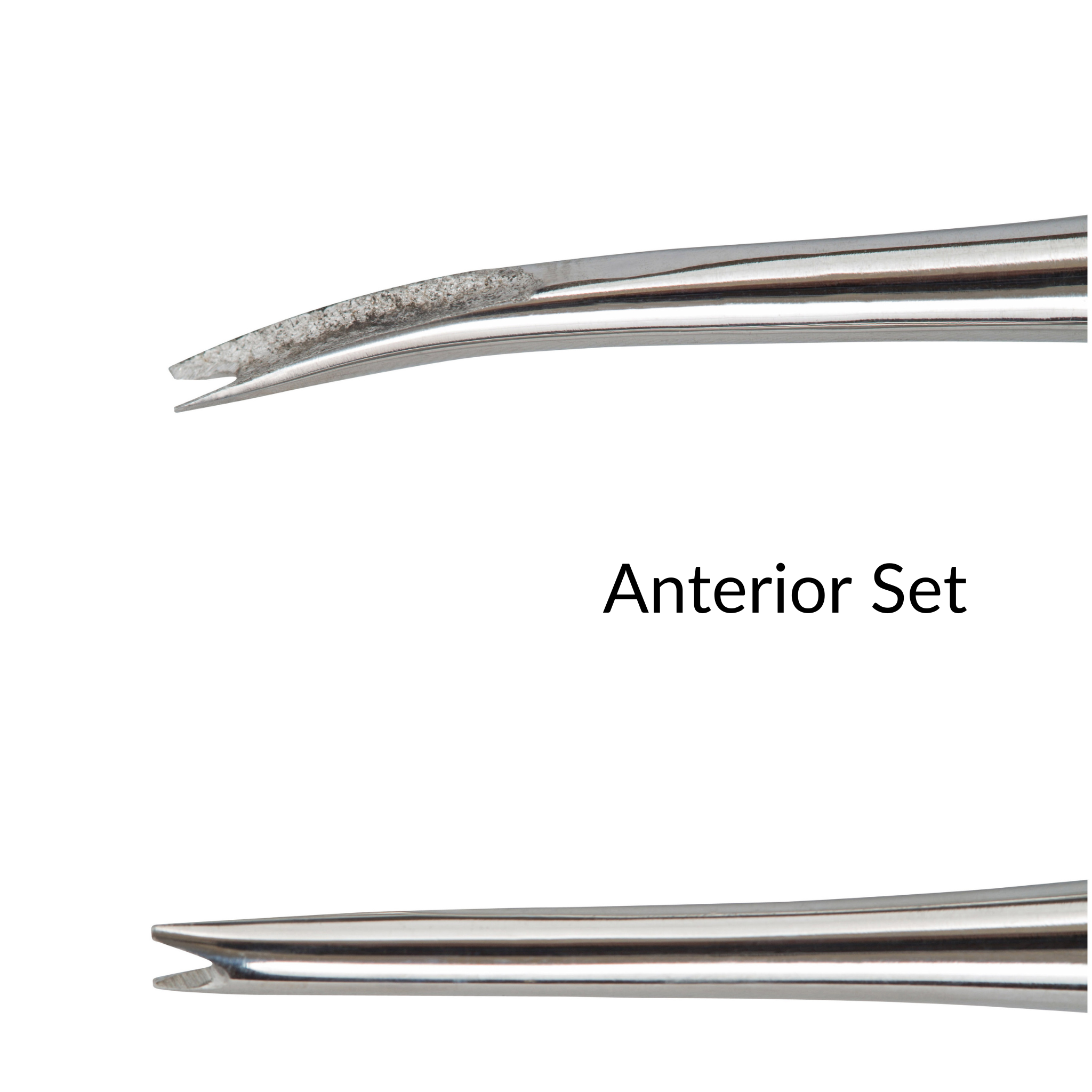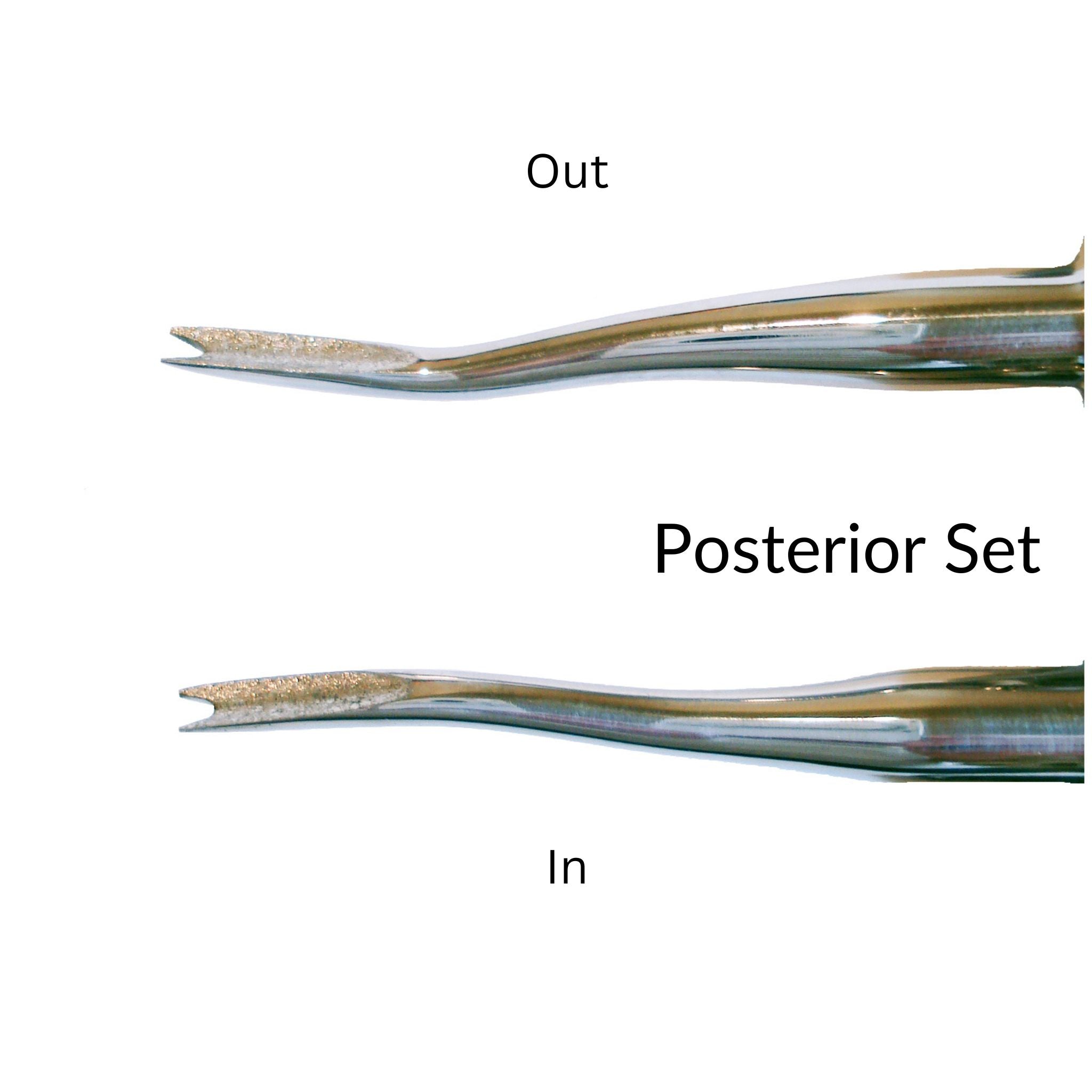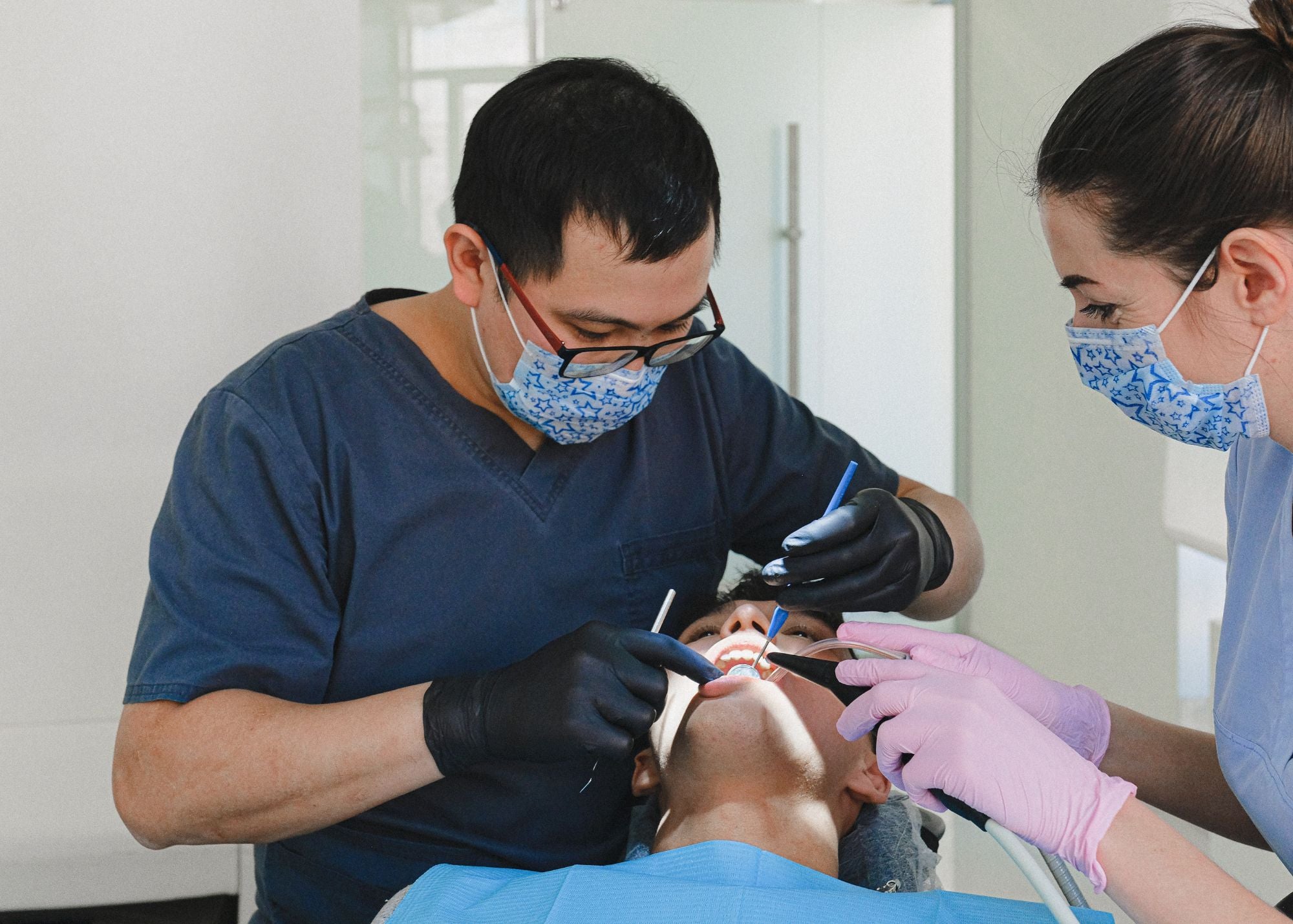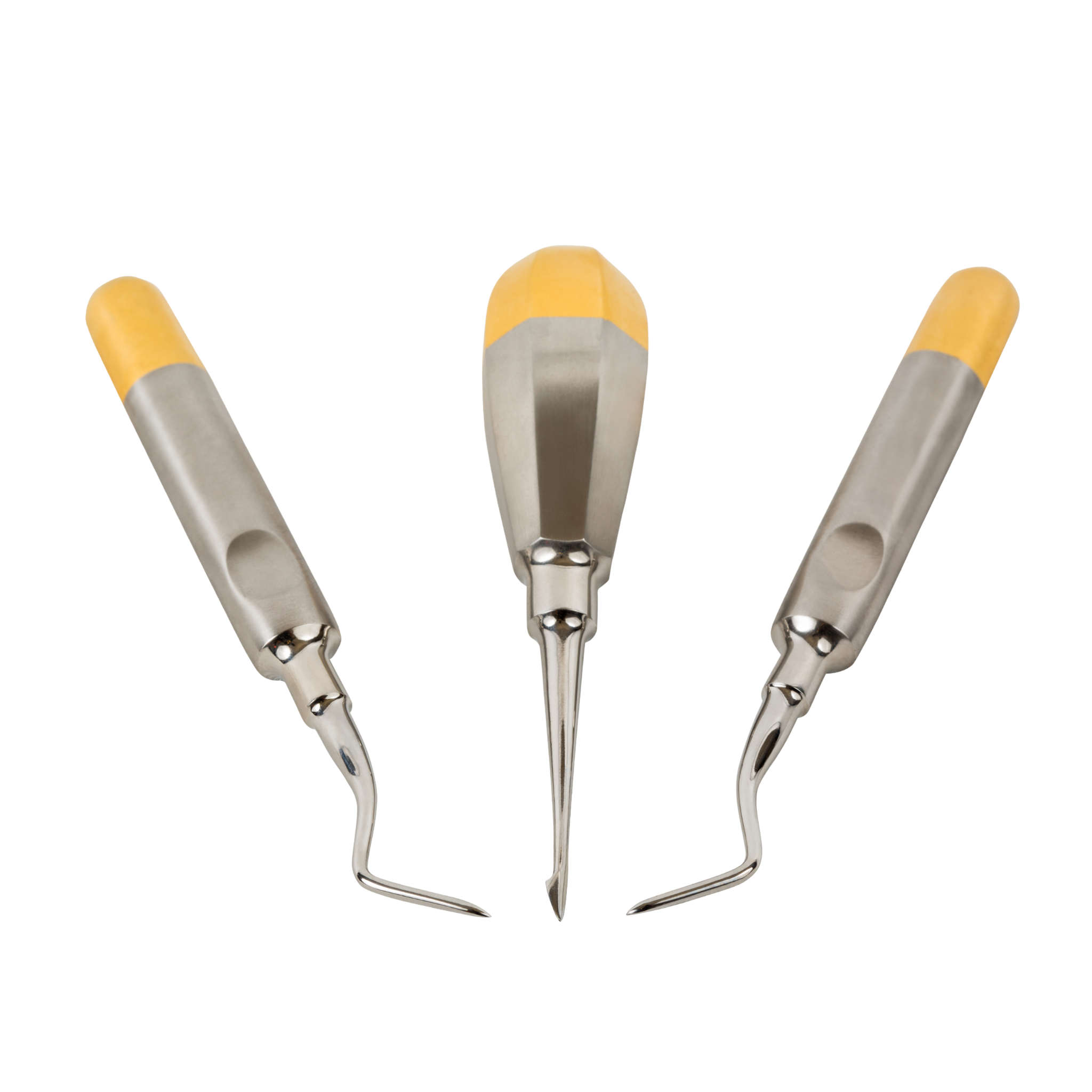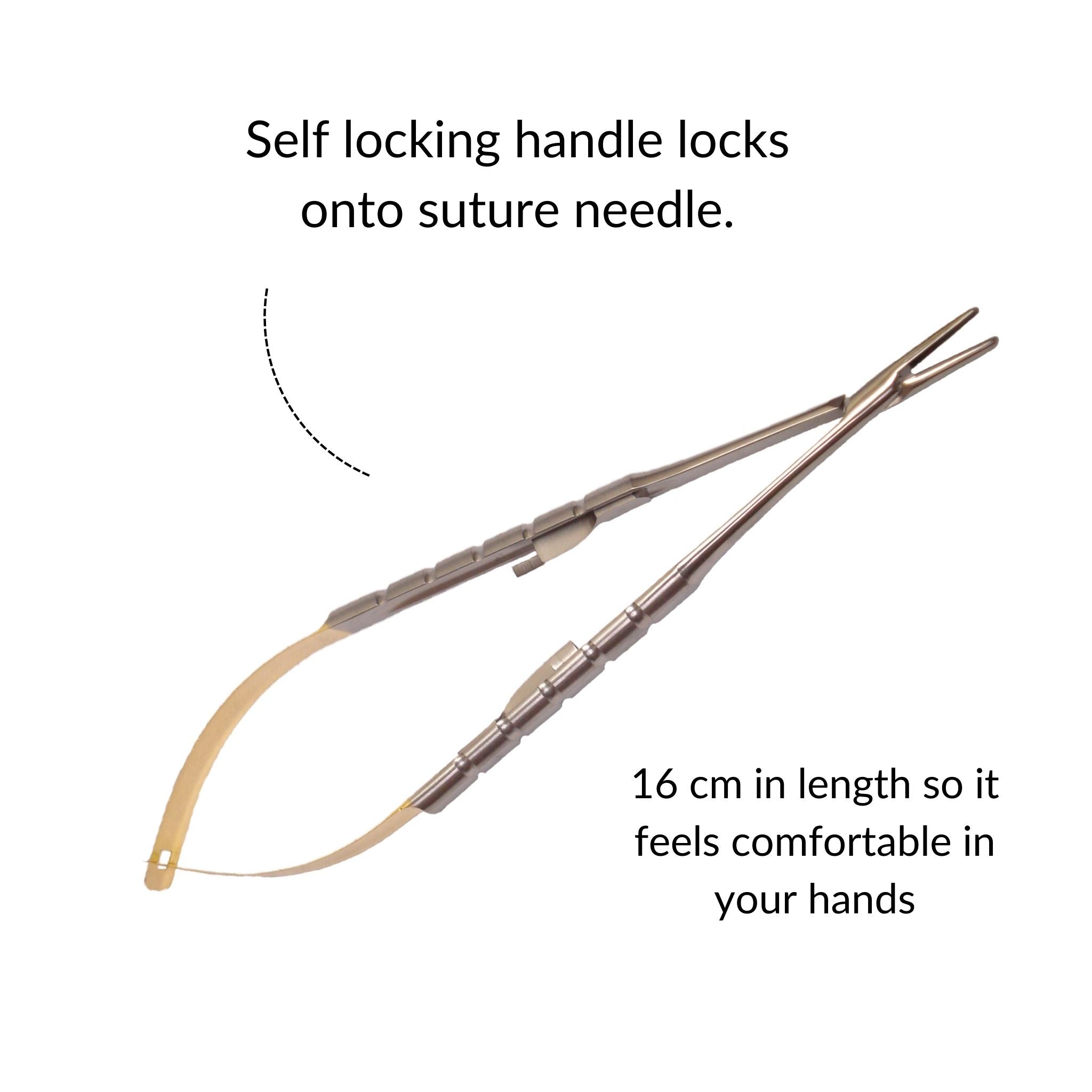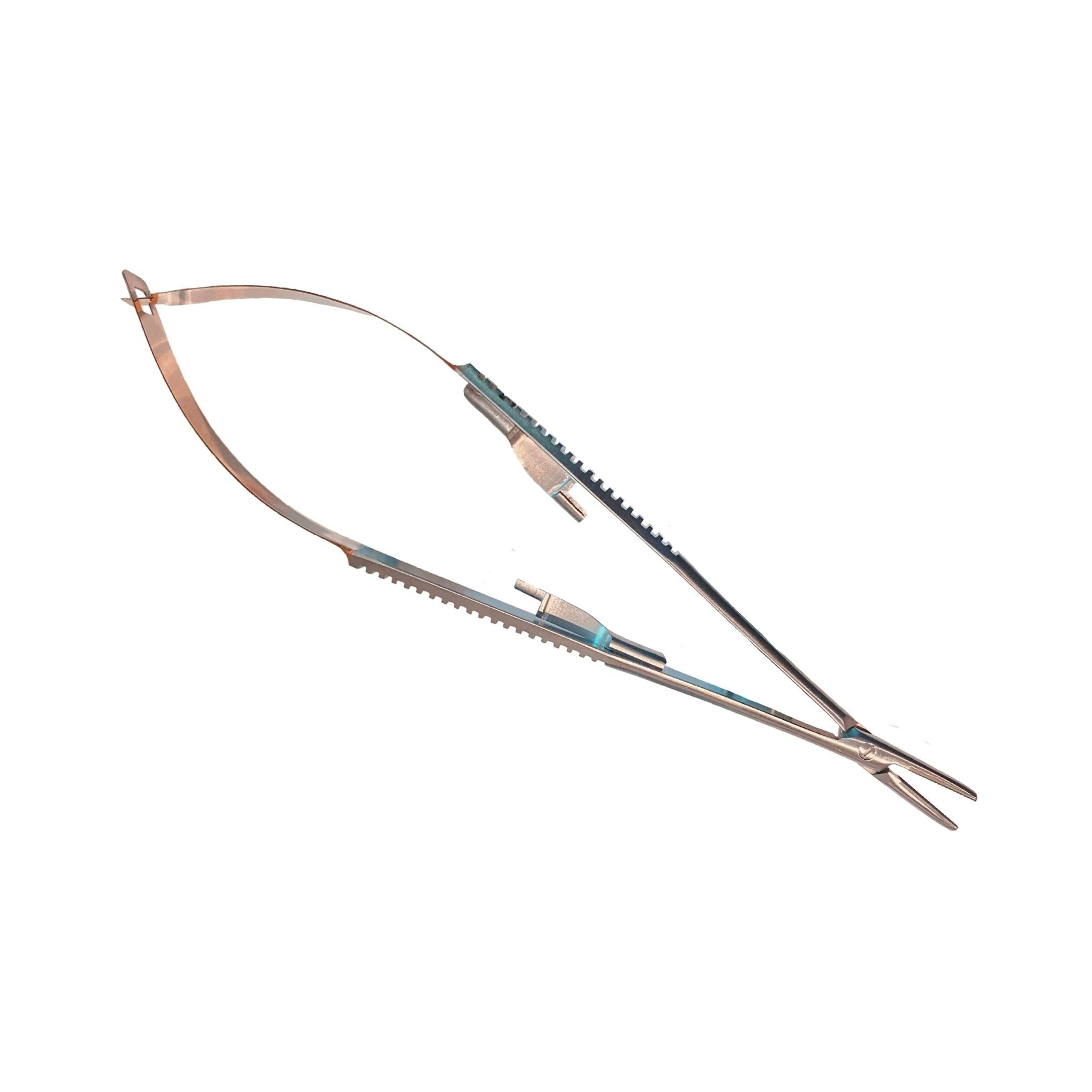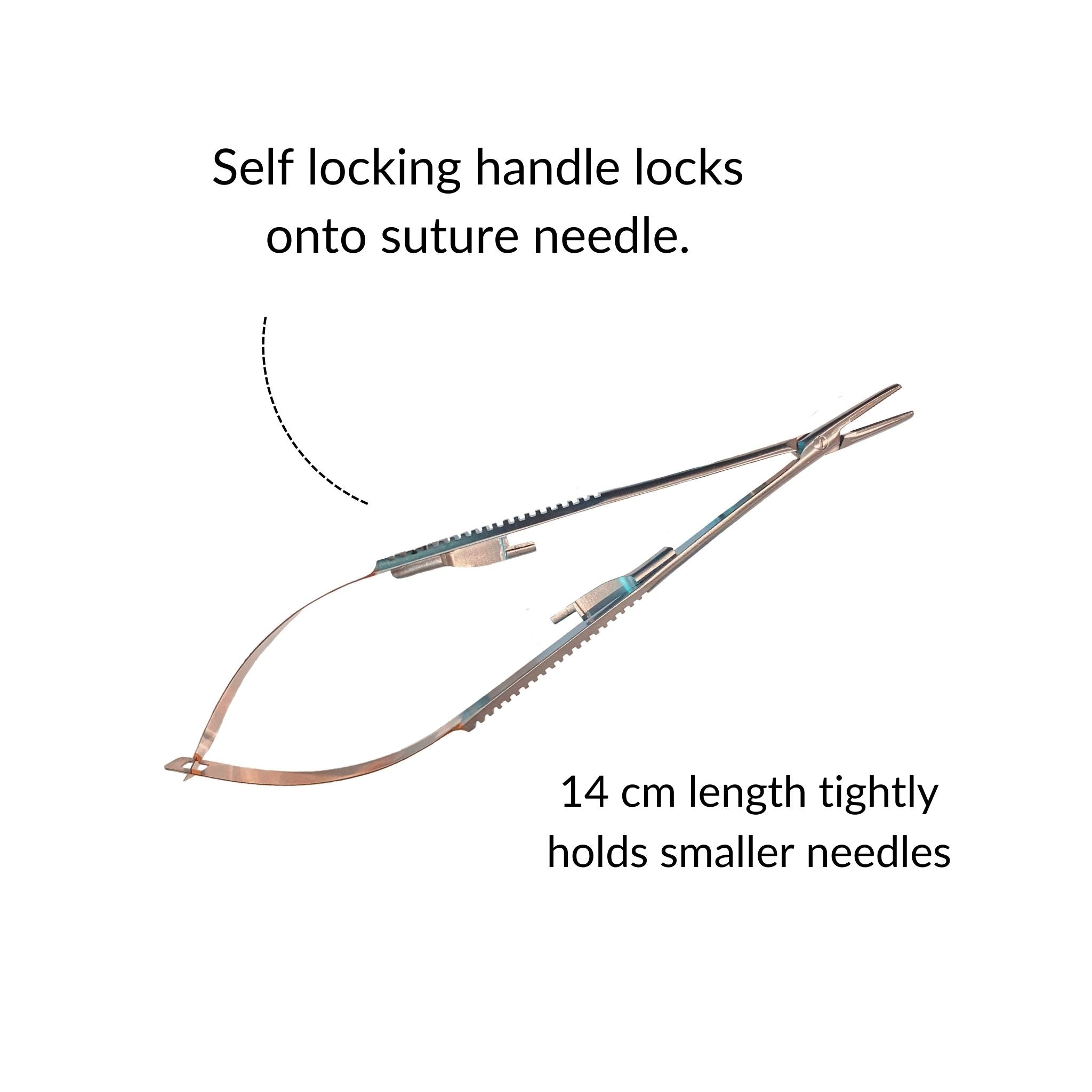Extractions can be stressful - not just for the patient, but for you and your team as well. Even the calmest, most experienced dentists can struggle with extractions - and part of this is because of the tools they're using.
If you're not using the latest and greatest in dental elevators, you are causing your patients more pain and discomfort than necessary - while making things harder on yourself as well. Fortunately, that all ends today. Once we introduce you to the best dental elevator tool in the industry, you'll never look at extractions the same way.
Designed by a dentist, for dentists, the Xpanders™ are the most atraumatic dental elevator tool devised to date. With these in your arsenal, you no longer have to dread deep broken root tip mishaps or falling behind schedule. These ridge-preserving tools are even great for implant cases and future bridges. By the end of this in-depth article, you'll have gained clarity on what makes these the best dental elevator tools currently on the market. And, you'll even feel confident in using these on your patients for the first time.
Before we unveil the product itself, let's talk briefly about dental elevator tools - the use cases, the different types, and the common problems with the traditional tools.
What are Dental Elevators?
Dental elevators are tools that are used to loosen teeth before they are extracted. The best dental elevator will have a sharp tip that can be inserted between the tooth and alveolar bone - without causing any damage. That's the key point that separates the best from the rest. Low-quality, poorly designed tools are not only ineffective, they can wreak havoc on delicate tissue. This is why dentists cannot afford to use anything but the best.
There are different types of elevators for different purposes, but in general, they all serve to do one thing: make extractions quicker and more comfortable for both dentist and patient.
Dental elevators come in a variety of shapes and sizes, with some being better suited for specific tasks than others. It's important to have a few different options on hand so that you can choose the best tool for each individual extraction. With that said, let's break down the different types of dental elevators.
What are the Different Types of Dental Elevators?
There are quite a few different types of dental elevators. This does nothing but complicates the shopping process for dentists - who have plenty of other things on their plate to worry about. So, we'll quickly break down the most common types and explain their purpose.
- Lever: The best dental elevator will have a lever that can be used to pry the tooth up and out of the socket. This is one of the most common types of elevators and the 301 and the Lindo Levin are the most common examples.
- Triangular: These are triangular as the name suggests and are commonly used to extract broken molar roots that remain after one root has been already extracted. The Cryer elevator is an example.
- Pick: The root tip picks are used to retrieve deep, broken root tips that have separated off down in the lower third of the socket.
- Wedge (Atraumatic); This new generation of elevators work in the PDL space as a wedge between the tooth and the alveolar bone. They include spear shaped, thin blade luxation instruments, Xpanders™, and periotomes.
Common Problems with Traditional Elevator Dental Tools
Now that we've gone over some of the different types of dental elevators, let's talk about some of the common problems with traditional tools. Sticking with our recommendation in the next section will help you avoid these pitfalls.
First and foremost, many traditional dental elevators are not designed with patient comfort in mind. This means that they can cause a lot of post-op pain and discomfort - which is something you obviously want to avoid. What exactly is causing that pain and discomfort, though? It's the result of damaging the delicate tissue in the mouth. This can lead to infection and a whole host of other problems.
Another issue dentists have with traditional elevators is how inefficient they can make operations. As you struggle to loosen the tooth and make the extraction, other patients wait longer and longer - leading to you falling behind schedule.
Finally, traditional dental elevators are often not very durable. The low-quality materials they're made from don't last nearly as long as you need them to when you're investing money into your tools. This means that they need to be replaced more frequently - which can add up over time.
Why Xpanders™ is the Best Dental Elevator Tool on the Market
You've likely experienced many of the issues we've just discussed above with your own dental elevators. These aren't rare occurrences - ask any dentist who routinely performs extractions and they'll be able to recount their own setbacks and horror stories from trying to perform extractions with tools that don't just cut it.
But fortunately, these are problems you won't face any longer. With the best dental elevator tool on the market, you can make quick work of extractions while putting patient safety and comfort first. Introducing: Xpanders™ - the best elevator for dental extraction currently on the market.
What Makes These Dental Elevators so Special?
Using Xpanders™ will transform the way you think about extractions. With just a small amount of penetration into the PDL space, damage to tissue is minimized while maximizing lateral tooth movement. This means when you bring your dentist forceps into the equation, there is far less risk of root tips breaking off. They're an absolute necessity in any modern dental practice.
Compared to the alternatives, this elevator dental tool is far faster and offers the greatest degree of ridge preservation. Furthermore, they create more tooth movement than any other tool so the actual extraction is as effortless & painless as possible. And from an investment standpoint, you'll get the most bang for your buck with Xpanders™. That's because they're carefully crafted from the finest materials possible: 420 surgical french stainless steel. We know how particular you are about the products you use - nothing but the best dental elevator will suffice. And it's safe to say that this is it. Want to learn how it works? Keep reading.
How it Works
Enough talk...how do the Xpanders™ actually work as part of your extraction process? The first step in any sort of extraction is mobilizing the tooth in all directions: 360-degrees. A mobile tooth is one that can easily be extracted. And, the magic of Xpanders™ all comes down to the double-pronged diamond grip design. This allows for the most stable two-point contact possible between the crest of both and the neck of the tooth.
From there you can twist - one point locks onto the bone while the other pushes the tooth laterally. This results in buccolingual socket expansion and superior pre-forceps loosening. Because the Xpanders™ only penetrate 1/4-1/2 a millimeter into the bone or PDL space, they're as noninvasive as it gets.
Designed by a Dentist, for Dentists - With the Results to Back Up Everything We Say!
If you don't already know where most dental tools come from, you'd be shocked. They're rarely designed and manufactured with dentist guidance - and this results in the issues we mentioned earlier. That's why our Xpanders™ were designed by a dentist himself - for dentists like you. Here's what a few dentists had to say after experiencing effortless extractions through our tools:
"These are nothing short of fantastic! The first time I used Xpanders on a broken down canine, I was amazed and grateful. A worthy addition to my OS arsenal" - Steve Baldwin, DDS.
"I am confident that all dentists who do extractions will find the Xpander a valuable addition to their practices. Doctors who place implants into extraction sites will immediately see how much of the socket is preserved while the tooth is easily extracted to make immediate implant placement likely in all areas of the mouth." - Craig Cooper, DDS, FAAID, Prosthodontist, Author, Lecturer.
"I have had a chance to use your Xpanders for about a month, and I have found them to be a remarkable aid in extracting teeth. I have practiced dentistry for over 40 years. The ability to predictably remove teeth (fractured, root canal treated, ankylosed etc.) and still allow for the immediate placement of an implant is a real plus to me and my patients." - Nicole, DDS
Another reason our Xpanders™ are considered to be the best dental elevator tool in the industry? We use a direct-to-dentist pricing model. Because we've cut out the middle man, you pay less for the highest-quality supplies in the entire dental industry. You can try out the Xpanders™ yourself risk-free for 60-days...what do you have to lose?
Final Thoughts on the Best Dental Elevator in the Industry
You recognize the role your equipment and tools play not just in the service you provide your patients - but in your bottom line. You need tools that help you provide an effective, safe, and comfortable service that helps you improve your reputation and grow your business. And, your tools need to help you work fast so you can get through your workload each and every day - without setbacks.
At ArtCraft Dental, you'll find dental supplies you can rely on day in and day out. That includes our elevators, of course, but also an entire catalog of other instruments to change the way you do dentistry - making your job faster and easier. From temporary crown removal instruments to root tip elevators, we've got it all. Carefully designed by dentists, for dentists, with quality materials that will stand the test of time. See firsthand why more and more doctors trust us as their equipment and supplies provider!






